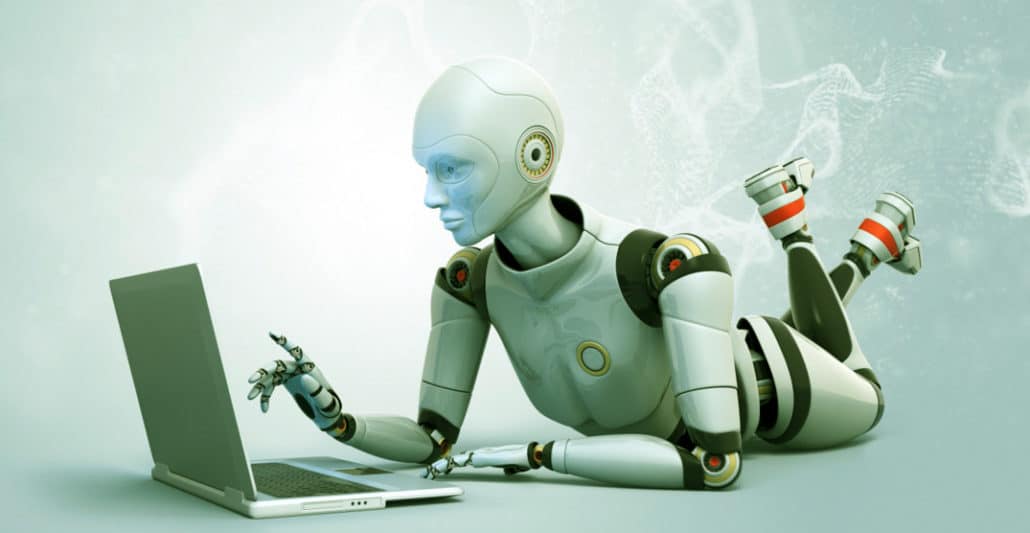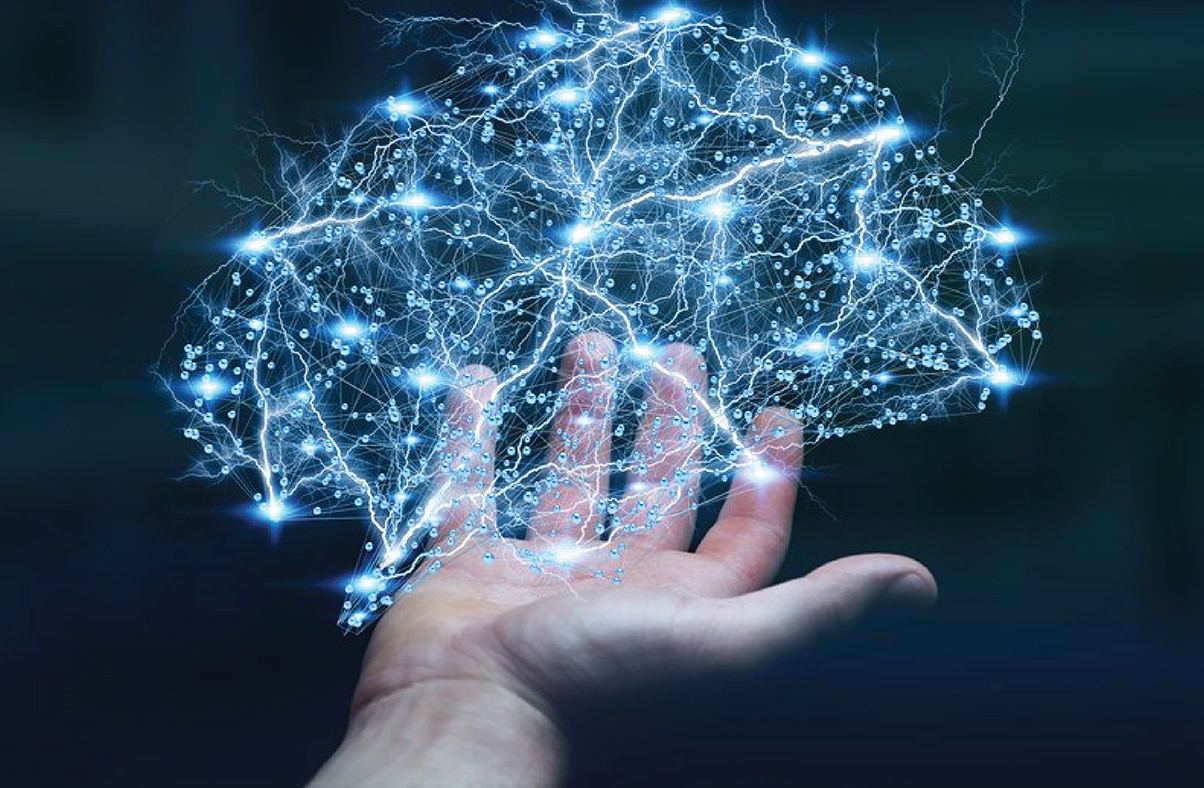As technology continues to progress and develop, there are thousands of work tasks that are increasingly being done by robots, computers, and other forms of artificial intelligence thanks to machine learning. For the average worker, this simply might mean that he or she no longer has to spend long hours of their day performing menial and repetitive tasks.
For business leaders and others at the forefront of the technological revolution, however, machine learning presents the opportunity to revolutionize the way that work is done, problems are solved, and how our society and economy continue to progress.
Supervised learning and unsupervised machine learning are two terms that everyone who is interested in artificial intelligence should know. These terms refer to how machines learn what we want them to know in order to help us in a diverse set of tasks and job responsibilities.
In this short article, we will define these two terms as well as look at the differences between supervised and unsupervised machine learning. Lastly, we will briefly explore the potential opportunities that come with both supervised and unsupervised learning in the world of artificial intelligence.
IMAGE: SPECTRUM
What Is Supervised And Unsupervised Machine Learning?
In the world of artificial intelligence, supervised machine learning is much more common and widely used. In technical terms, supervised learning means that the end result of the algorithm that is used to guide the artificial intelligence robot or computer is already known. This form of machine learning is comparable to a college classroom where an individual student is learning from a professor.
If the student is not learning the equation correctly, the professor steps in and corrects the student back to the correct path. With artificial intelligence, if the computer or robot is not following the expected path set forth by the original algorithm, the person who is supervising the process can intervene to guide the artificial intelligence back to the right path.
With unsupervised machine learning, on the other hand, the machine, computer, or robot essentially “teaches itself.” While this type of machine learning is much less common in today´s world of technology, there is much excitement related to the possibilities that could potentially come with forms of artificial intelligence essentially teaching themselves, instead of relying on an instructor or technician to teach them different steps of a process.
In technical terms, unsupervised machine learning has no training data that is established beforehand or at the outset. The end outcomes or outputs are essentially unidentified. The artificial intelligence of the machine enters the puzzle without any product in mind as is piloted by nothing more than the logical operations that are programmed at the outset.
These logical operations guide the artificial intelligence as it eventually solves complex problems and equations with nothing more than the binary on and off logic mechanisms that are a staple of almost every computer system used today.
Pros And Cons Of Supervised And Unsupervised Machine Learning
One of the major benefits of both types of machine learning is that it frees up human labor from tasks that were repetitive and time-consuming.
With supervised machine learning, the actual work tasks or problems no longer had to be done by humans. However, a trainer or technician had to be present at all times to supervise the learning process being done by the artificial intelligence.
Unsupervised machine learning is considered by many to be “true” artificial intelligence as the machines are able to learn and solve problems by themselves. According to WorkFusion, a leader in the world of artificial intelligence, “before AI, engineers had to write rules for machines, and machines could only execute discrete tasks using coded rules.
With AI (or unsupervised machine learning), machines learn rules from data generated by a business, which reduces IT effort, allows automation to tackle more complex work, and elevates people to more advanced work and exceptions handling.”
The possibilities associated with unsupervised machine learning are virtually endless. Artificial intelligence that is able to essentially “teach itself” opens up opportunities for our machines to solve problems that are either beyond human intelligence or would otherwise take time and energy to solve.
From cognitive automation software that can perform complex work with unstructured data (like PDF documents and images, to customer segmentation that will allow artificial intelligence to separate groups of potential clients for directed advertising campaigns, the world of unsupervised machine learning will certainly change how work is done in the coming years.
If you are interested in even more technology-related articles and information from us here at Bit Rebels then we have a lot to choose from.


COMMENTS